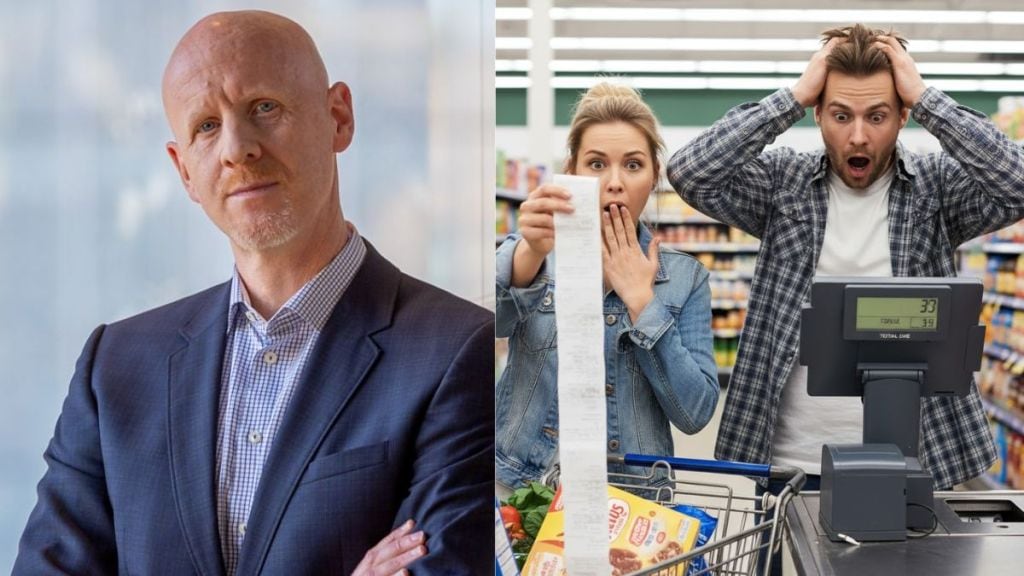The financial squeeze many Americans are facing is so dire that purchasing groceries has become a struggle for an increasing number of households.
In an interview with the Opening Bid Unfiltered podcast with Brian Sozzi, GoFundMe CEO Tim Cadogan called attention to a disturbing trend: more people are using crowdfunding to help cover the costs of food.
According to him, this is a dramatic shift from the platform’s historical association with medical bills, disaster relief, and community initiatives.
“One indicator that’s interesting is we have a category we call essentials. Basic things you need to get through life [have] gone up significantly in the last three years in practically all our markets,” Cadogan said. Rent, utility bills, and car payments fall under the essentials category.
Cardogan also said that there are campaigns on GoFundMe that are made purely for everyday survival these days. “In some cases, very sadly, that is happening. We’re seeing it more and more,” he told Yahoo Finance.
For many Americans, the necessity of everyday items like food has outpaced their ability to pay for them, pushing more people into the arms of online charity in ways they have never had to before.
Persistent price pressure on households
Regardless of inflation cooling from its peak, the damage has already been done. The price of everyday essentials like groceries, rent, and child care has permanently reset higher, creating a financial burden that has no easy solution.
Families who were already living pay cheque to pay cheque are now scraping by with minimal financial cushions, juggling credit card debt, and delaying necessary purchases like car repairs.
The uptick in grocery campaigns on GoFundMe is not just a fleeting moment; it is a sign of a broader economic crisis that has left many Americans vulnerable.
The cost of living continues to rise while wages have struggled to keep pace. For younger and lower-income households, especially those who rent, commute, and carry variable-rate debt, the financial pressures are reaching a breaking point.
This is a reality where people are facing a very different kind of financial challenge. Crowdfunding is becoming a lifeline, not just for medical bills or disasters, but for putting food on the table.
The credit crunch
As household finances buckle under the weight of high prices and increasing borrowing costs, many Americans are finding traditional means of support no longer sufficient.
Credit card balances are mounting, auto loans are harder to repay, and the return of student loan payments has further strained already tight budgets.
As a result, many are now turning to their social circles, community groups, and even strangers online to make ends meet.
From what Cardogan says, one thing thing can be inferred: crowdfunding today is also becoming a part of survival in today’s troubled economy.
The increasing reliance on crowdfunding for basic needs is set against the backdrop of an impending wealth transfer, as baby boomers pass tens of trillions of dollars to heirs in the coming decades.
While these transfers could reshape the financial landscape, they also show a troubling paradox in the US economy: substantial private wealth exists, yet widespread financial insecurity persists.
Younger generations, particularly those who are values-driven and digitally native, have already pioneered mutual aid networks and online micro-giving.
The challenge now is whether this instinct for small-scale, community-orientated giving can scale into a more sustainable solution for food security, housing stability, and broader social services.

